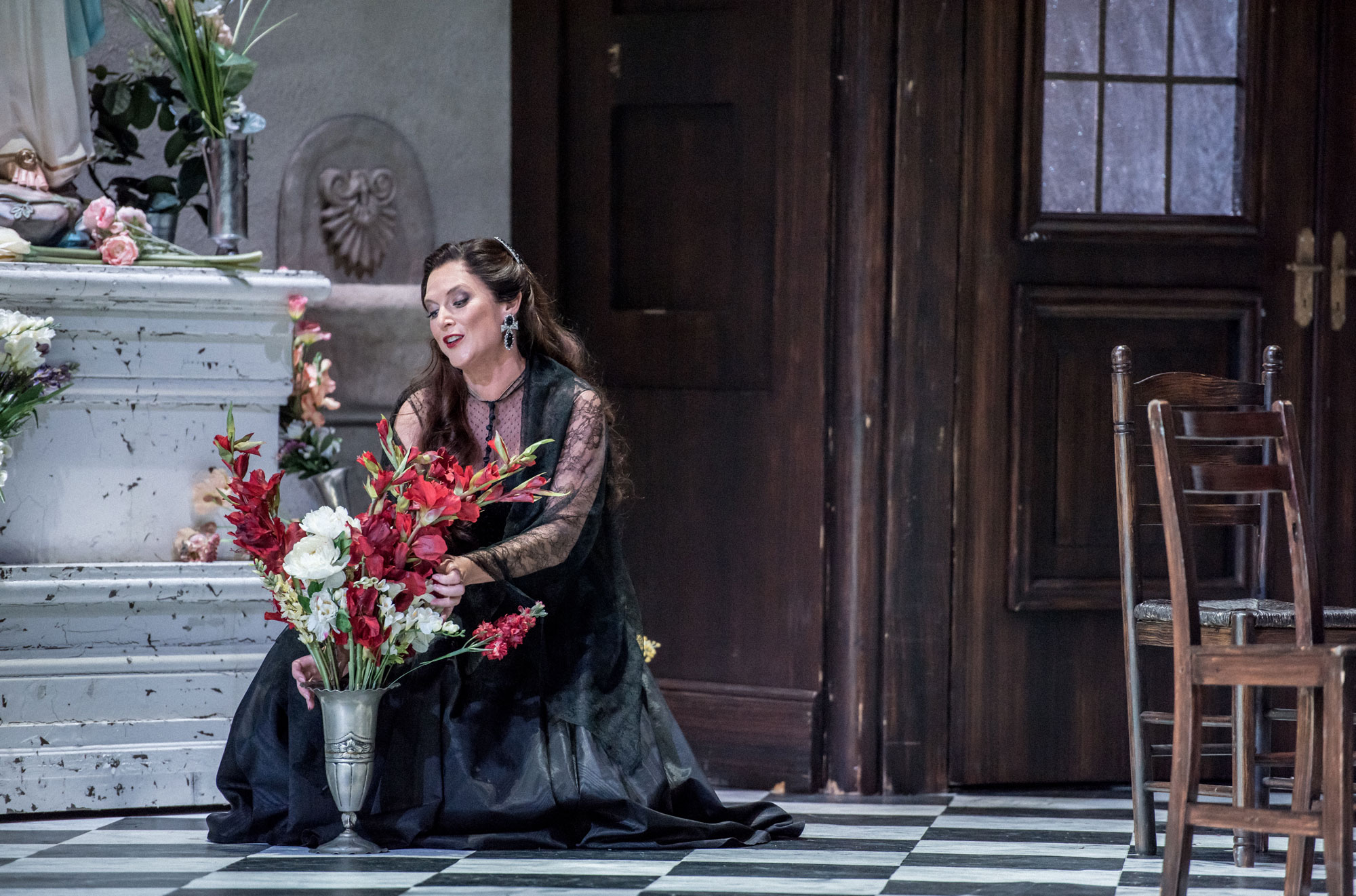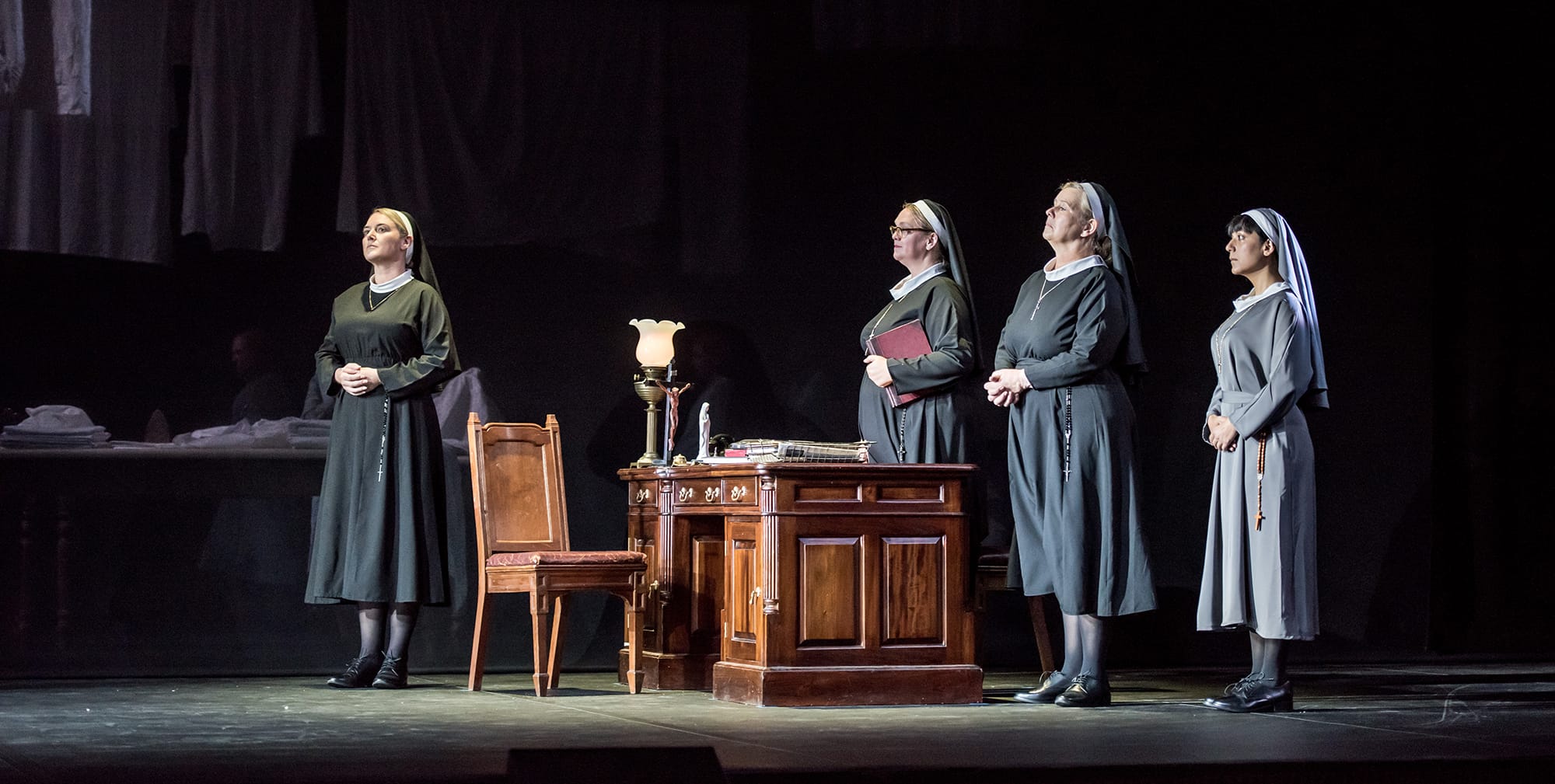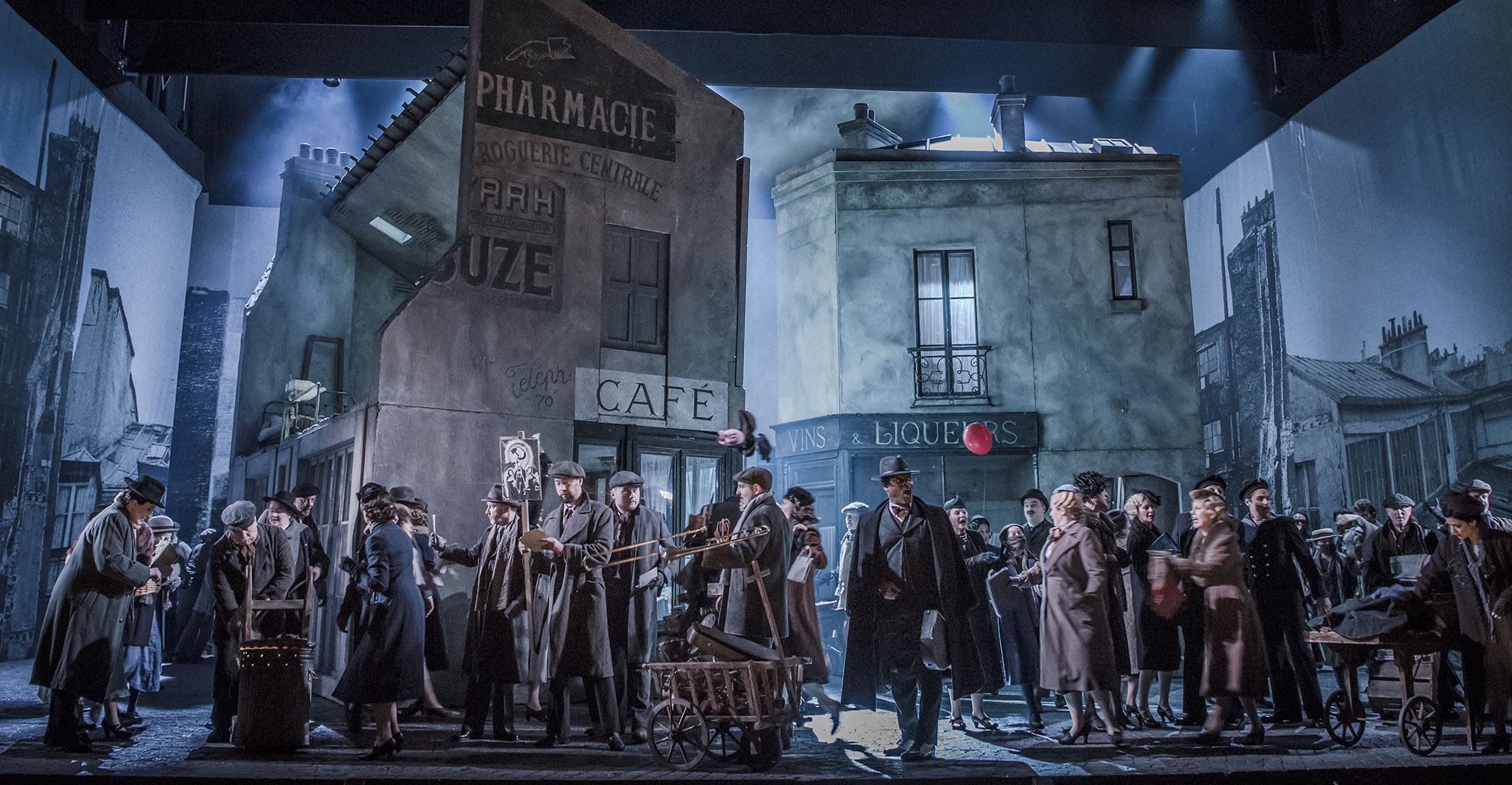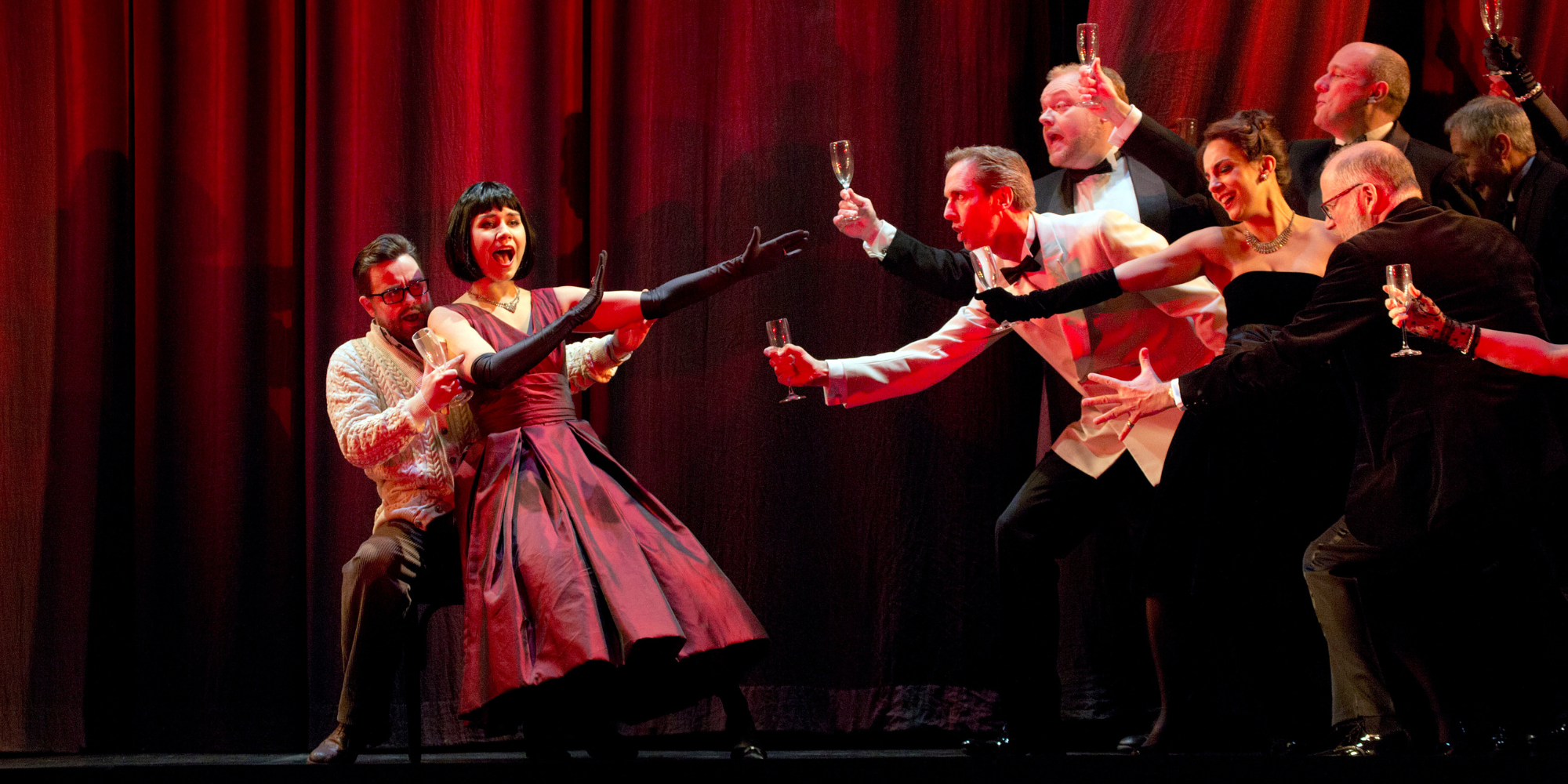The Life of Puccini: A summary
Early life and education
In this section, find out more about Puccini’s life, including information about his childhood, family, career and key accomplishments.
Giacomo Antonio Domenico Michele Secondo Maria Puccini was born in Lucca, Italy, in 1858. His parents, Michele Puccini and Albina Magi, had nine children, of which Giacomo was the sixth.
His great great grandfather – also named Giacomo – began the family’s musical line in Lucca as the maestro di cappella of the Cattedrale di San Martino. He was succeeded by Giacomo’s great grandfather, grandfather and eventually his father Michele; they each studied music at Bologna, composed for the church, and some of them composed operas. Due to his position, Puccini’s father was famous in northern Italy and, when he died, his funeral was an occasion of public mourning.
As the family had occupied the position of maestro di cappella for 124 years, it was assumed that Giacomo Puccini would take over the position when he was old enough. However, he was only six years old when his father died and therefore far too young to take charge of an orchestra.
His general education took place at the seminary of San Michele in Lucca, and his musical career began when he joined the boys’ choir (and later became a substitute organist) at Cattedrale di San Martino.
Giacomo’s musical education was overseen by one of his uncles, Fortunato Magi with whom he studied at the Pacini School of Music in Lucca.
He received a diploma from Pacini in 1880, which was the same year he composed his Mass – Messa di Gloria, cementing his family’s long history with church music. With the assistance of another uncle named Nicholas Cerù and a grant from Queen Margherita, Puccini was able to continue his musical education at the Milan Conservatory for three years. Here, he studied composition with Stefano Ronchetti-Monteviti, Amilcare Ponchielli, Antonio Bazzin and shared a room with Pietro Mascagni.
For his thesis at the Conservatory, he wrote a piece called the Capriccio sinfonico; his teachers were notably impressed by the work, and it was performed at a student concert in his final year of study, conducted by Franco Faccio.
He received incredibly positive reviews in the Milanese publication, La Perseveranza, and began his reputation in Milanese music circles as an up-and-coming young composer.
Career highlights
The first notable operas by Puccini are widley considered to be Le Vili, Manon Lescaut, Edgar – all written and performed within about thirteen years after he finished at the Milan Conservatory.
Next – came his four-act opera, La bohème, which to this day is one of the world’s most popular operas. Puccini drew influence from his own poverty prior to success of Manon Lescaut in his creation of the bohemians; there were parallels between events in his own period of poverty and events in the opera.
Puccini’s exposure to a wide range of dramatic literature from an early age gave him a flair for being able to spot the operatic potentials of plays and his career was carefully managed by the publisher Giulio Ricordi. Ricordi advised him on possible subjects, found librettists and smoothed over any creative differences.
When Puccini first saw Tosca (the play by Victorien Sardou), he wrote to his publisher asking him to gain permission from the author to create an opera and Sardou obliged. Some of his contemporaries saw the music of Tosca as being influenced by Richard Wagner, whereas others argued he had a definitive style of his own. Tosca is considered to be Puccini’s first foray into verismo.
Unlike his contemporaries, Puccini produced work at a relatively slow rate – about one every four or five years – however his process creating Madama Butterfly was further slowed due to a serious car crash, which nearly resulted in his death. He was travelling with his chauffer, wife and son from Lucca to Torre del Lago (where he now lived) when the car went off road and flipped. Puccini was pinned under the car and suffered severe injuries to one of his legs and his chest. He received treatment for months, and during this time it was also discovered that he was suffering from a form of diabetes.
When Madama Butterfly finally premiered in February 1904, it was initially met with hostile feedback – partly due to the production being under-rehearsed and partly due to an affair between Rosina Storchio (who played the title role) and the conductor, Arturo Toscanini. Due to the disastrous opening, Puccini withdrew the opera and re-opened it with revisions a few months later, and then performances in London, the US, Buenos Aires and Paris. In 1907, he made his final changes to the opera; this was the fifth and what is now known as the ‘standard’ version. The 1904 version was recorded and is still performed very occasionally.
Later life
Puccini’s work rate slowed after Madama Butterfly; he was accused of an affair by his wife, which caused great scandal, and the death of his publisher Giulio Ricordi also hindered his productivity.
Between 1910 and 1918, he completed La faniculla del West, La rondine and Il trittico: Il tabarro, Suor Angelica, and Gianni Schicchi. Puccini was a smoker throughout his life, and in 1923, he began to mention frequently that he was suffering from a sore throat. He was diagnosed with throat cancer and underwent radiotherapy, which at the time was new and experimental; subsequently, he underwent surgery.
Puccini died on 29 November 1924, aged 65, from a heart attack caused by surgical complications. Puccini’s final opera, Turandot, was left unfinished at the time of his death in 1924, and was completed by the composer Franco Alfano who based the last two scenes on sketches by Puccini. Turandot featured arguably one of the most famous opera arias of all time – ‘Nessun dorma‘.
Puccini is an ENO favourite; find out about past productions and learn more about other wonderful operas on our operas page.
Puccini’s musical style and influence
Puccini was the leading exponent of the genre of opera known as ‘verismo’ – Italian for ‘realism’. Verismo is characterised by a story rooted in real life (rather than that of the gods or mythology), where the music and drama are seamlessly matched and often describe a story of passion and romance. The style was made popular by the success of Mascagni’s Cavalleria rusticana (1890) and Leoncavallo’s Pagliacci (1892).
Big, beautiful and unabashedly romantic, Puccini’s effortless lyricism is the hallmark of his style. His writing was influenced by two nineteenth-century operatic giants – Verdi and Wagner.
Like Wagner, Puccini often uses musical ideas – leitmotifs – to denote characters or ideas. He also responded to the music of his contemporaries, and some of the newer ideas of Debussy, Richard Strauss and even Stravinsky can be found in his music.
All Puccini’s operas are noted for their superb stagecraft. He claimed that he could compose only when he was able to visualise his characters in his mind’s eye, considering their position on stage and their motivation. His operas often showcase his wonderful ability to unite music, words and drama into a single moment.
Although most of his famous operas focused on tragedy (the heroine dies in La bohème and Madam Butterfly, and in Tosca both the hero and heroine, as well as their nemesis, die), he also produced a popular comedy, Gianni Schicchi.
Puccini's music in action
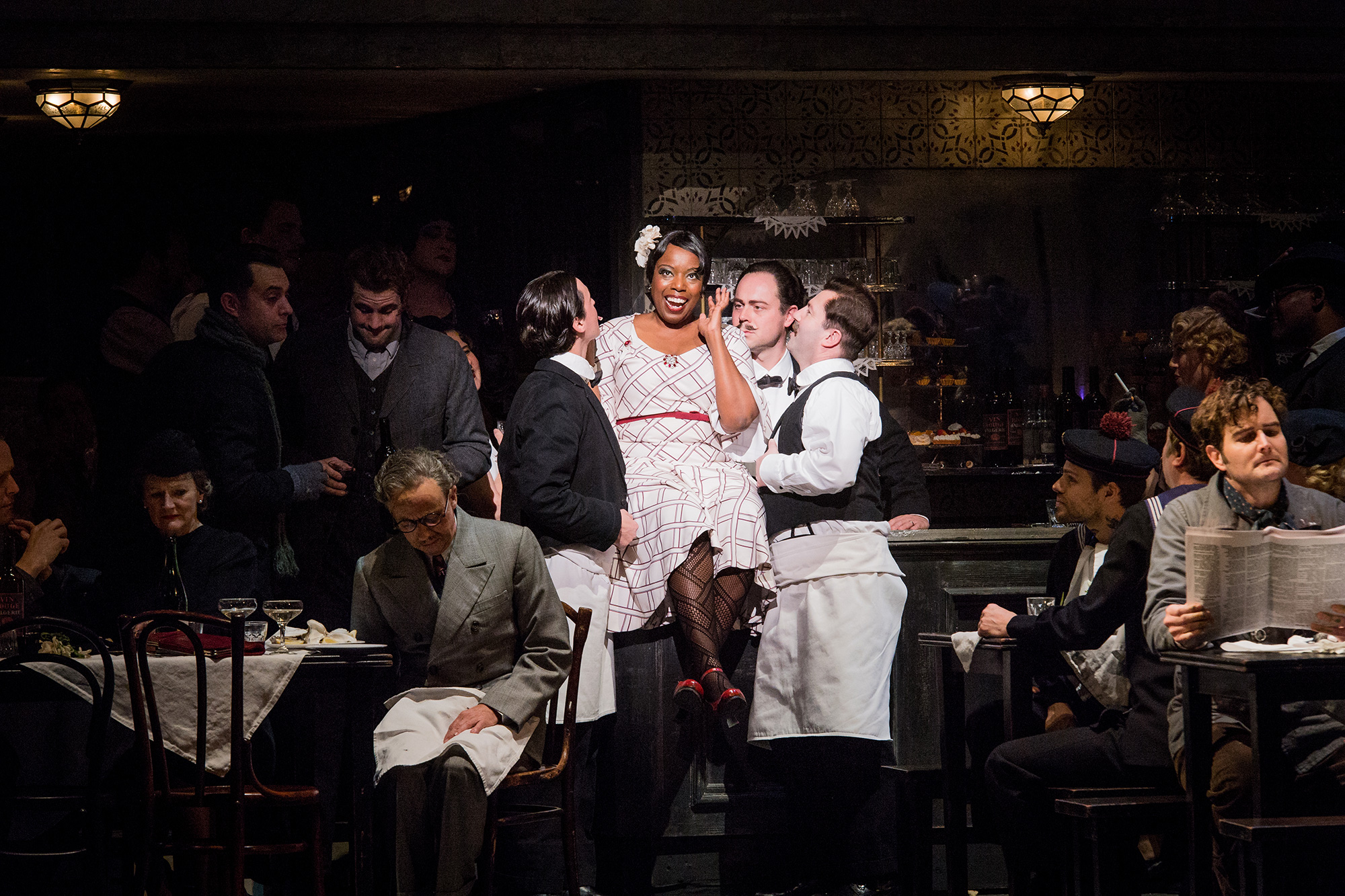
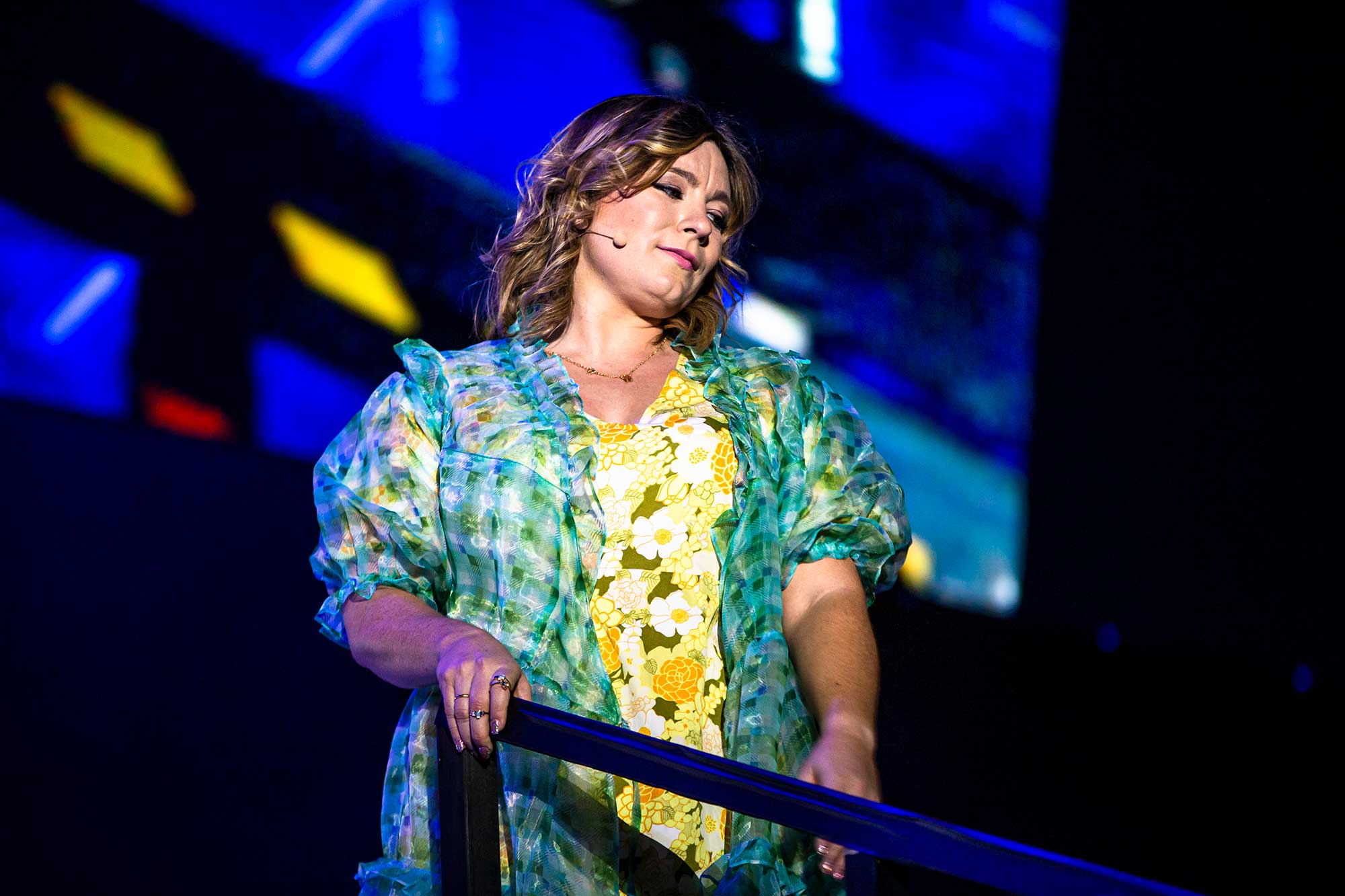

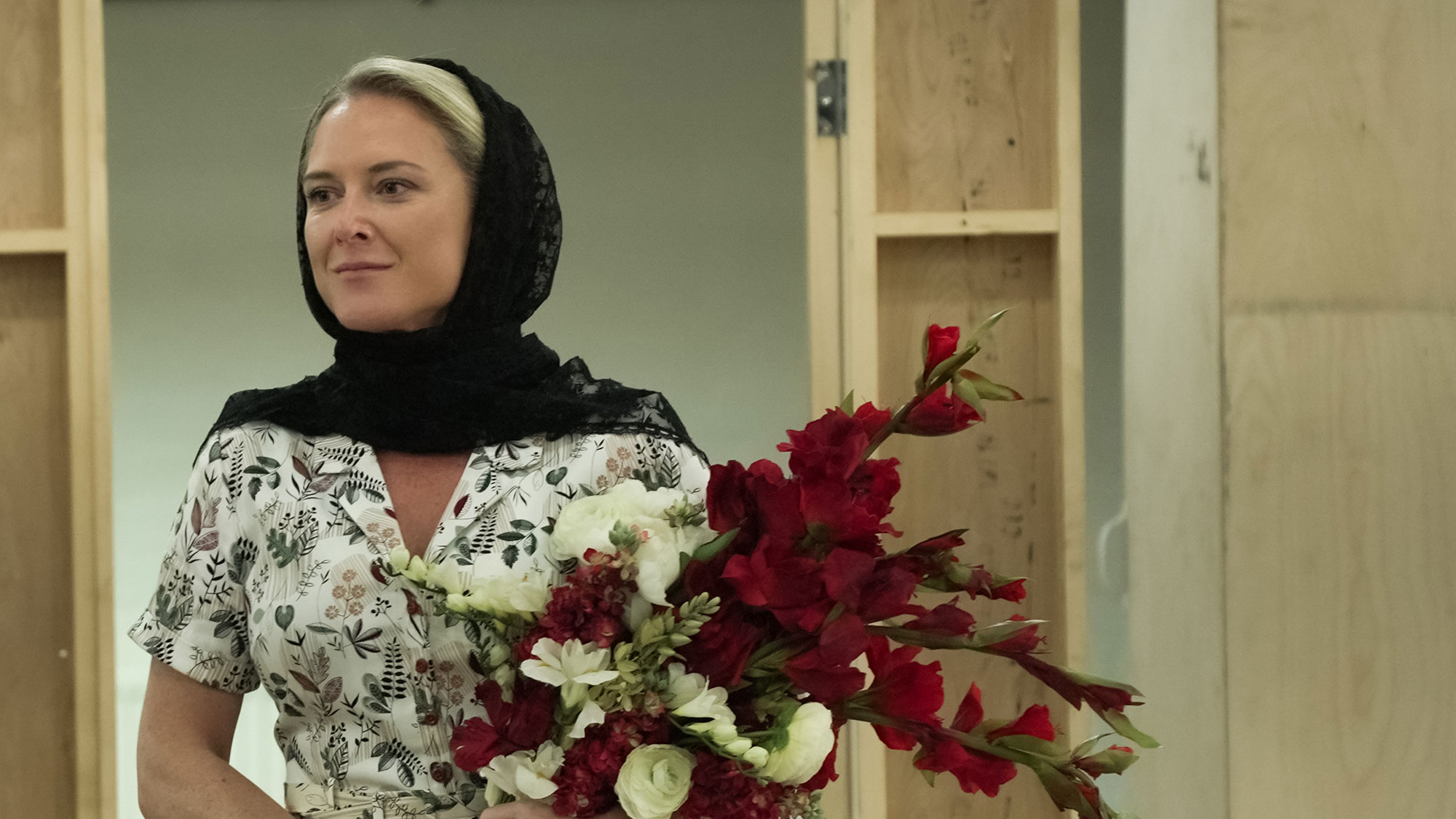



Puccini Frequently Asked Questions
Giacomo Puccini was an Italian composer, mainly known for his operas. He is widely regarded as one of the greatest and most successful proponents of Italian opera.
Puccini was born in Lucca, in 1858. Lucca is a city on the Serchio river in Italy’s Tuscany region.
Puccini is pronounced ‘puh·chee·nee’
Puccini wrote 12 operas in total, seven of which are commonly performed works. He also wrote orchestral pieces, piano pieces, chamber music, mass and art songs.
Puccini suffered a heart attack due to complications from surgery for throat cancer. Puccini died in Brussels on 29 November 1924. He was aged 65 at the time of his death.
La bohème, Tosca and Madama Butterfly are usually considered Puccini’s most famous operas.
Other of his notable operas include La Fanciulla del West, Turandot and Manon Lescaut.
Find out more about Puccini’s operas that have been performed by ENO, as well as operas by other famous composers on our Operas page.


